International
‘We have nothing left’: Philippine typhoon survivors plead for help
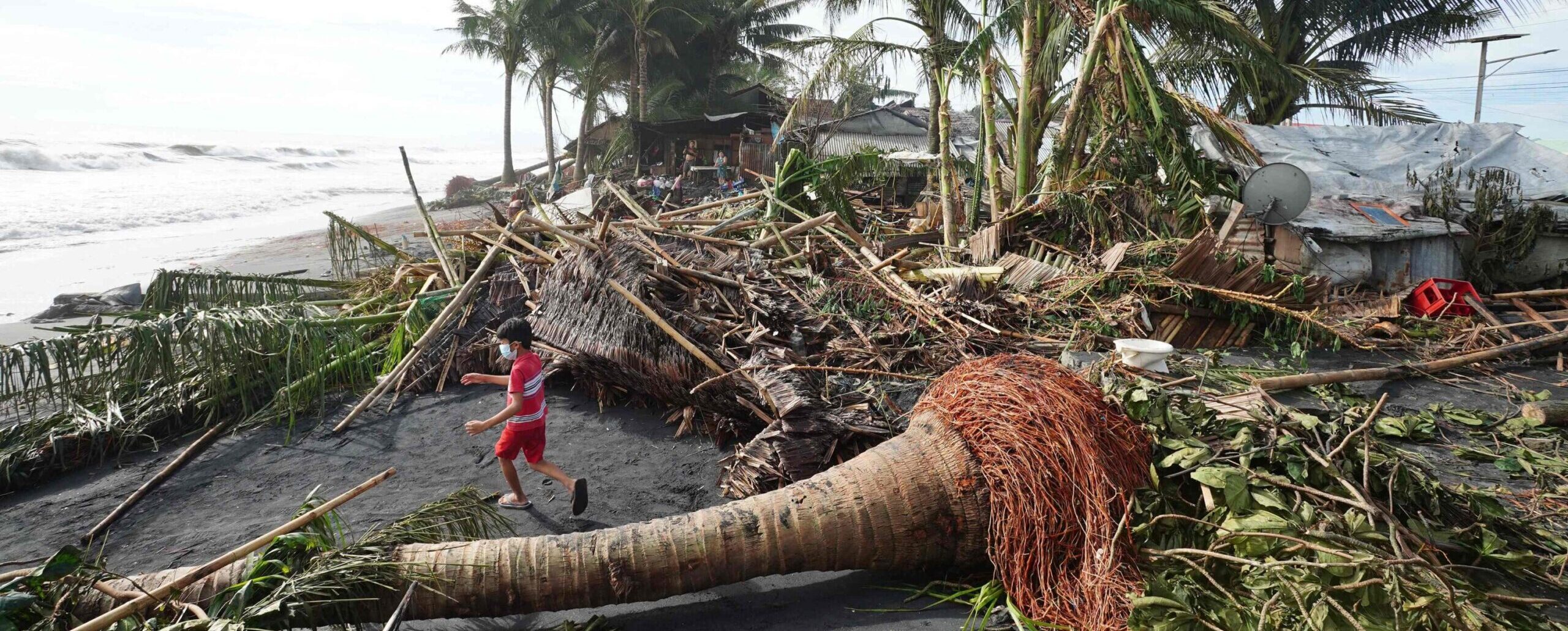
AFP
Concepcion Tumanda picks through the mud-caked wreckage of her home on a Philippine island devastated by Typhoon Rai that left hundreds dead across the country and survivors pleading for food and water.
Rai slammed into the popular tourist destination of Bohol last Thursday, dumping torrential rain, ripping off roofs, uprooting trees and smashing fishing boats.
“The house was destroyed, everything was broken,” Tumanda told AFP, weeping as she stood in the ruins of her home in the riverside town of Loboc.
“We have nothing left.”
Bohol — known for its dive spots, rolling “Chocolate Hills” and tiny tarsier primates — was one of the hardest hit islands after Rai flooded villages and sent residents scrambling to their rooftops.
At least 98 people lost their lives, Governor Arthur Yap said on Facebook. Another 16 were still missing.
Yap has pleaded for President Rodrigo Duterte to send funds to buy food and water for desperate residents after electricity and communications were knocked out across the island.
“We need food, especially rice, and water,” said Giselle Toledo, whose house was swept away by floodwaters.
“We were not able to save anything. We don’t know where to start our lives again.”
Rai also caused widespread destruction on Siargao, Dinagat and Mindanao islands, which bore the brunt of the storm, packing winds of 195 kilometres (120 miles) per hour.
Duterte declared a state of calamity in the typhoon-hit areas, where at least 375 people were killed, freeing up funds for relief efforts and giving local officials power to control prices.
The military has deployed ships, boats, aircraft and trucks to deliver food, drinking water and medical supplies to survivors.
The Red Cross is also distributing aid, and a growing list of foreign governments have pledged millions of dollars in financial assistance.
But local officials and residents complain it is not arriving fast enough.
“Please speed up the relief, it’s our only hope because we have nothing else,” said a worker on a floating restaurant on the Loboc river that was destroyed in the storm.
– ‘Water is our main problem’ –
Lines of people waiting to refill empty water drums have formed along roadsides of Bohol, while large crowds of motorbike riders queue up at petrol pumps.
“Water is our main problem,” said Jocelyn Escuerdo, who is living with her family at an evacuation centre after they were left homeless.
“The containers provided by relief agencies are not very big, just five litres, so we run out of water all the time,” she said, adding they have “just enough” food for a day.
While many people fled their homes before the storm hit, some stayed behind to look after precious livestock like chickens and pigs, as well as to protect their properties.
Some of them were cut off by flooding and went hungry for three days, said village chief Pedro Acuna — until he paddled a boat to deliver them food.
Nearly a week after the typhoon hit, residents are still trying to salvage furniture and other belongings from their destroyed homes.
Elderly resident Telesfora Toledo said she did not know how to start again, with “so many things that need to be fixed.”
“It was so painful looking at what was left of the house,” Tumanda said, digging out plates and other kitchen items that survived the onslaught.
“We will try to repair it… if people give us wood and roofing sheets.”
International
Colombia says it would not reject Maduro asylum request as regional tensions escalate
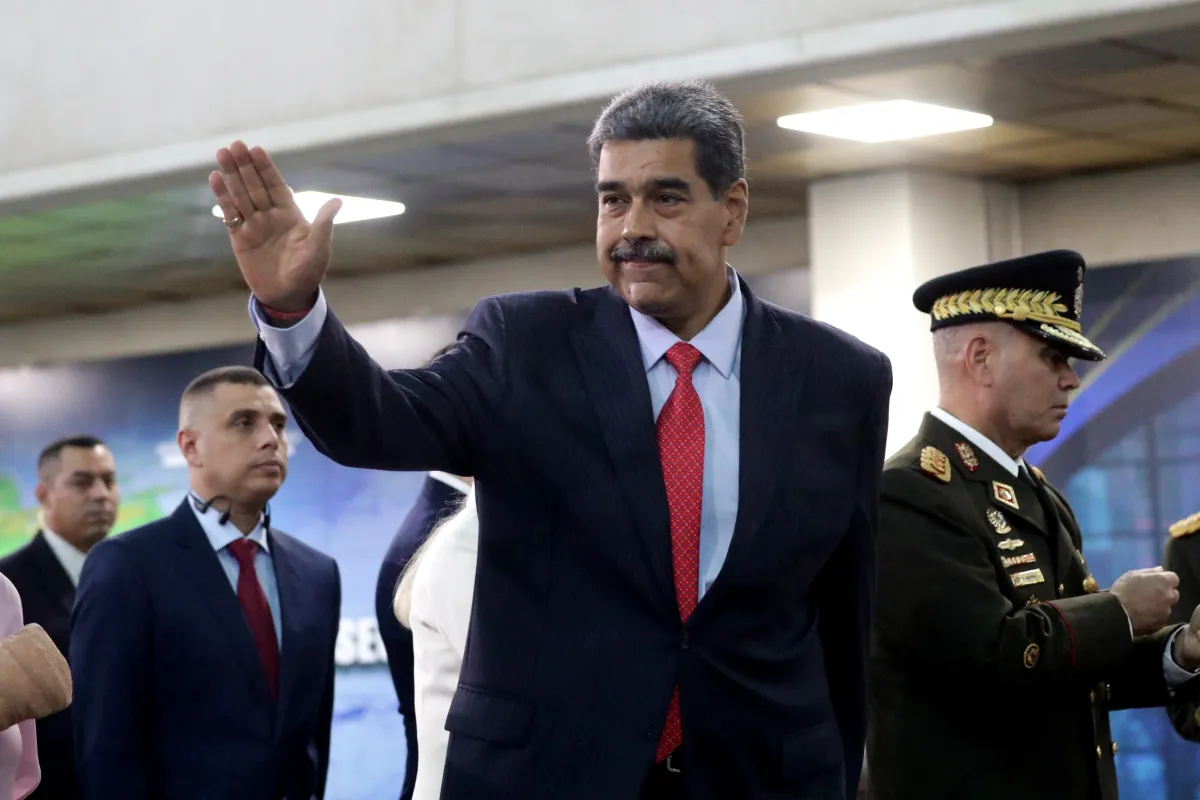
The Colombian government stated on Thursday that it would have no reason to reject a potential asylum request from Venezuelan President Nicolás Maduro should he leave office, as regional tensions persist over the deployment of U.S. military forces in the Caribbean since August.
“In the current climate of tension, negotiations are necessary, and if the United States demands a transition or political change, that is something to be assessed. If such a transition results in him (Maduro) needing to live elsewhere or seek protection, Colombia would have no reason to deny it,” said Colombian Foreign Minister Rosa Villavicencio in an interview with Caracol Radio.
However, Villavicencio noted that it is unlikely Maduro would choose Colombia as a refuge. “I believe he would opt for someplace more distant and calmer,” she added.
Colombian President Gustavo Petro also commented on Venezuela’s situation on Wednesday, arguing that the country needs a “democratic revolution” rather than “inefficient repression.” His remarks followed the recent detention and passport cancellation of Cardinal Baltazar Porras at the Caracas airport.
“The Maduro government must understand that responding to external aggression requires more than military preparations; it requires a democratic revolution. A country is defended with more democracy, not more inefficient repression,” Petro wrote on X (formerly Twitter), in a rare public criticism of the Venezuelan leader.
Petro also called for a general amnesty for political opponents and reiterated his call for forming a broad transitional government to address Venezuela’s prolonged crisis.
Since September, U.S. military forces have destroyed more than 20 vessels allegedly carrying drugs in Caribbean and Pacific waters near Venezuela and Colombia, resulting in over 80 deaths.
U.S. President Donald Trump has repeatedly warned that attacks “inside Venezuela” will begin “soon,” while Maduro has urged Venezuelans to prepare for what he describes as an impending external aggression.
International
Cuba battles out-of-control dengue and chikungunya epidemic as death toll rises to 44

Cuba is facing a severe dengue and chikungunya epidemic that has already claimed at least 44 lives, including 29 minors, according to the Ministry of Public Health (Minsap). The outbreak—now considered out of control—has expanded across the entire country amid a critical shortage of resources to confront the emergency.
Authorities report more than 42,000 chikungunya infections and at least 26,000 dengue cases, though they acknowledge significant underreporting as many patients avoid seeking care in health centers where medicines, supplies, and medical personnel are scarce. The first cluster was detected in July in the city of Matanzas, but the government did not officially use the term “epidemic” until November 12.
Chikungunya—virtually unknown on the island until this year—causes high fever, rashes, fatigue, and severe joint pain that can last for months, leaving thousands temporarily incapacitated. Dengue, endemic to the region, triggers fever, muscle pain, vomiting, and, in severe cases, internal bleeding. Cuba currently has no vaccines available for either virus.
Minsap reports that of the 44 deaths recorded so far, 28 were caused by chikungunya and 16 by dengue.
The health crisis unfolds amid deep economic deterioration, marked by the absence of fumigation campaigns, uncollected garbage, and shortages of medical supplies—conditions that have fueled the spread of the Aedes aegypti mosquito, the primary vector for both diseases. “The healthcare system is overwhelmed,” non-official medical sources acknowledge.
Beyond the health impact, the epidemic is heavily disrupting economic and family life. The intense joint pain caused by chikungunya has led to widespread work absences, while hospital overcrowding has forced relatives to leave their jobs to care for the sick. In November, authorities launched a clinical trial using the Cuban drug Jusvinza to reduce joint pain, though results have not yet been released.
International
Ecuador on track for record violence as homicides hit highest level in Latin America again
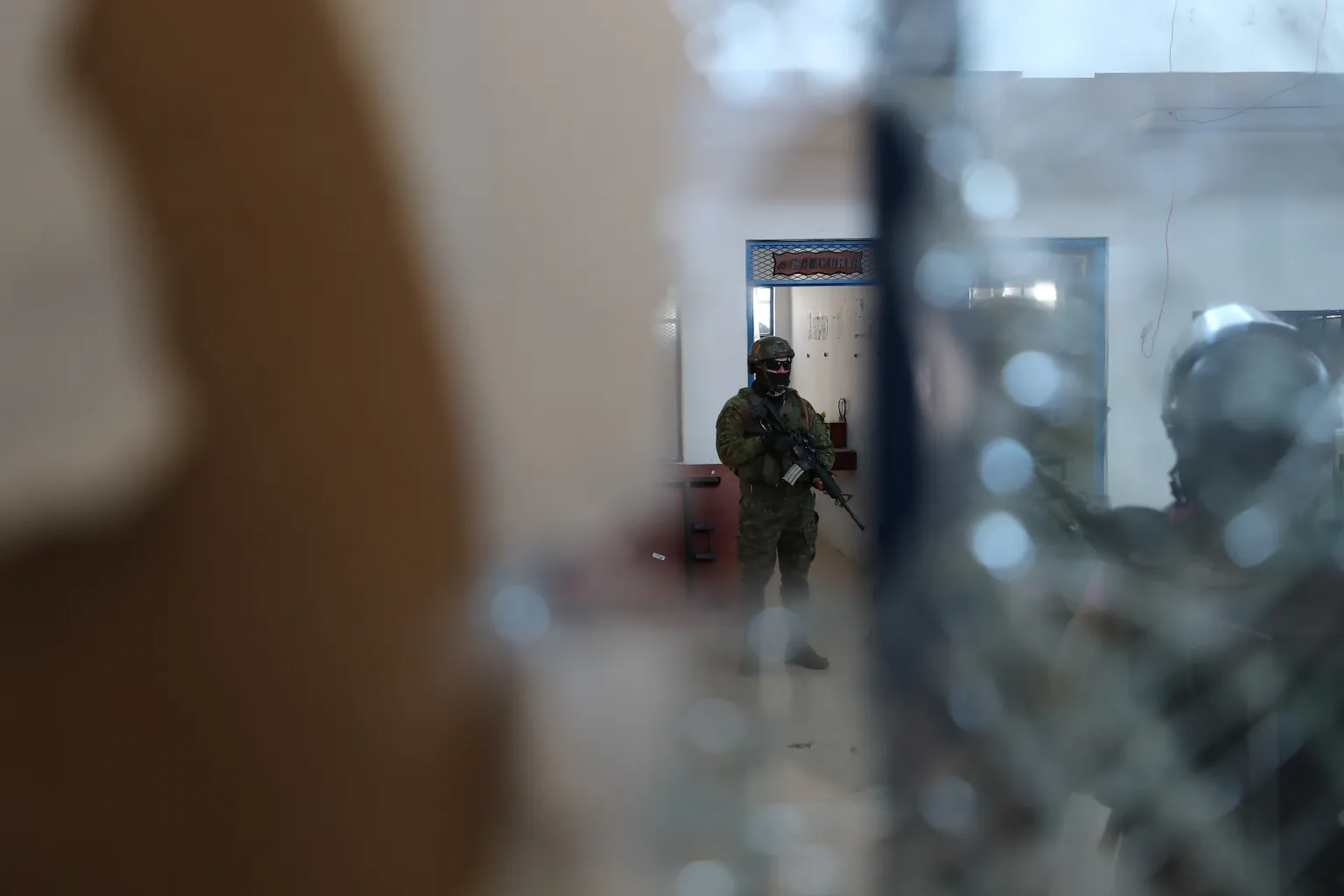
Violence in Ecuador is expected to reach historic levels by the end of 2025, with the country set to record the highest homicide rate in Latin America for the third consecutive year, according to a report released Thursday by the Armed Conflict Location & Event Data Project (ACLED). The organization warns that criminal activity is not only persisting but could worsen in 2026.
Official figures show 7,553 homicides recorded through October, surpassing the 7,063 registered throughout all of 2024. ACLED estimates that 71% of the population was exposed to violent incidents this year, despite President Daniel Noboa’s declaration of an “internal armed conflict” in an attempt to confront powerful criminal groups.
According to the report, several factors are driving the deterioration of security: a territorial war between Los Chonerosand Los Lobos, the two most influential criminal organizations in the country; the fragmentation of other groups after the fall of their leaders; and Ecuador’s expanding role as a strategic hub for regional drug trafficking.
Since 2021, violence has forced the internal displacement of around 132,000 people, while more than 400,000 Ecuadorians — equivalent to 2% of the population — have left the country. Between January and November alone, violent deaths rose 42%, fueled by prison massacres and clashes between rival gangs.
The report warns that conditions may deteriorate further. Ecuador has been added to ACLED’s 2026 Conflict Watchlist, which highlights regions at risk of escalating violence. The expansion of Colombian armed groups such as FARC dissidents and the ELN, state weakness, and a potential rerouting of drug trafficking corridors from the Caribbean to the Pacific intensify the threat.
“The president is facing a wave of violence that shows no signs of easing,” the report concludes.
-
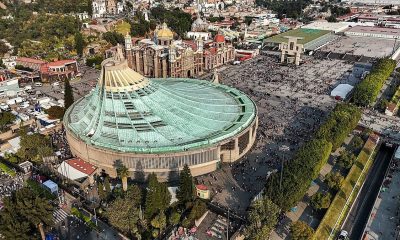
 International3 days ago
International3 days agoMexico City prepares for 13 million pilgrims at Basilica of Guadalupe
-
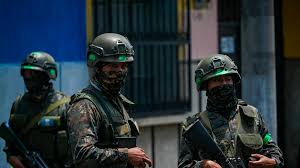
 Central America4 days ago
Central America4 days agoGuatemalan soldier wounded in clash with suspected mexican armed group near border
-
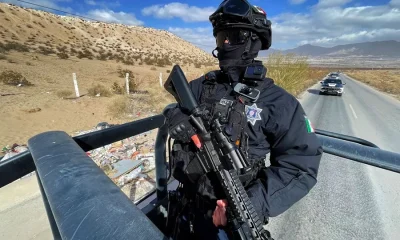
 Central America3 days ago
Central America3 days agoMexico and Guatemala launch joint security operation after Agua Zarca border attack
-

 Central America4 days ago
Central America4 days agoGuatemala reverses asset seizures after judge replacement, benefiting ex-president and former ministers
-
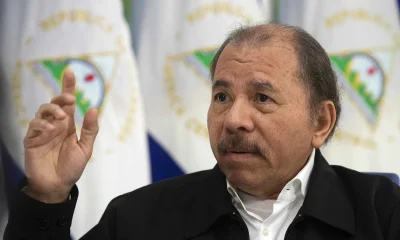
 Central America3 days ago
Central America3 days agoU.S. accuses Ortega regime of systematic human rights abuses in Nicaragua
-
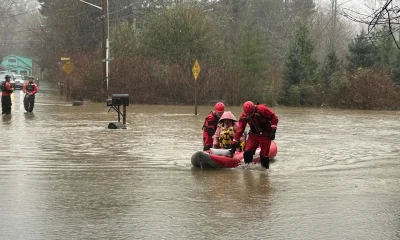
 International2 days ago
International2 days agoWashington declares State of Emergency as atmospheric river brings severe flooding
-

 International2 days ago
International2 days agoU.S. to require five-year social media history from tourists under Visa Waiver Program
-

 Central America3 days ago
Central America3 days agoHonduras’ electoral chief reports ongoing technical issues but says results remain intact
-

 International4 days ago
International4 days agoJapan lifts tsunami alert after strong 7.6-magnitude earthquake hits northern coast
-

 Central America3 days ago
Central America3 days agoU.S. finds no evidence of fraud in Honduras election despite delays
-

 Central America3 days ago
Central America3 days agoHonduran University: Nullifying elections without proof of fraud undermines popular sovereignty
-

 International4 days ago
International4 days agoInterior Dept. redefines 2026 Patriotic Days, sparking criticism over removed civil rights holidays
-

 Central America3 days ago
Central America3 days agoCNA director says Libre’s defeat stems from “lack of substance,” not messaging
-

 Central America2 days ago
Central America2 days agoOAS and EU urge honduran political actors to respect vote results and avoid unrest
-

 International16 hours ago
International16 hours agoCuba battles out-of-control dengue and chikungunya epidemic as death toll rises to 44
-

 International3 days ago
International3 days agoZelensky meets Pope Leo XIV as review of U.S. peace plan continues
-
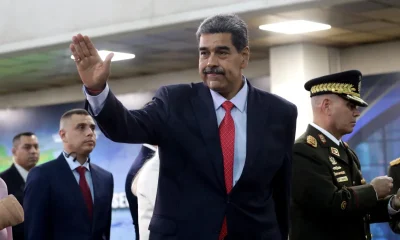
 International16 hours ago
International16 hours agoColombia says it would not reject Maduro asylum request as regional tensions escalate
-

 Central America17 hours ago
Central America17 hours agoHonduras election crisis deepens as CNE president denounces intimidation attempts
-
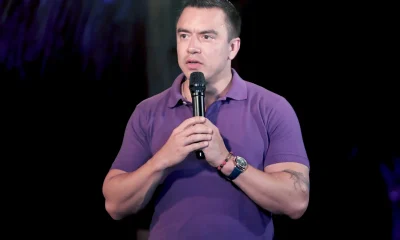
 International2 days ago
International2 days agoSix ecuadorian soldiers jailed pending trial for alleged extrajudicial execution
-
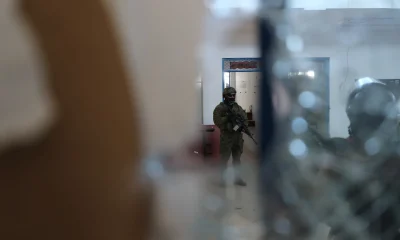
 International17 hours ago
International17 hours agoEcuador on track for record violence as homicides hit highest level in Latin America again


























